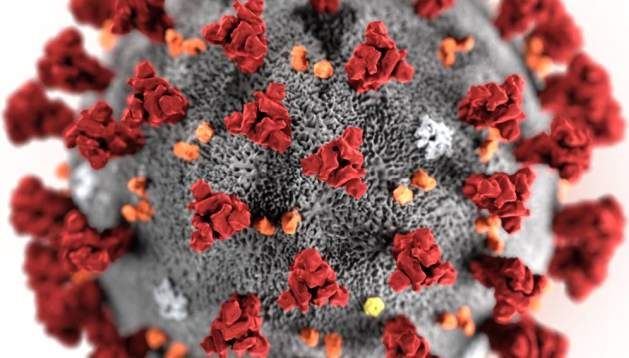
Mar 19 2020 (IPS) – The novel coronavirus disease (COVID-19) outbreak, recently declared a by the World Health Organisation, has taken the world by surprise. The good news is that tremendous scientific and technological advances have permitted scientists to about this virus in a short amount of time.
Within just two months of the first case, the causative virus has been identified, its genetic makeup has been determined, and detection methods have been optimised. Scientists have also found that there is circulating.
Despite these rapid advances, there is still significant uncertainty. Scientists don’t yet fully understand its transmission route, although person-to-person transmission, through inhalation of droplets in the air, . Another uncertainty is its low detection rate, especially with mild or asymptomatic cases. A third is how could affect transmission.
Currently, Africa has very few cases of COVID-19 compared with most other parts of the world. The highest number of cases has been reported in Egypt . It remains . But the trend has generated several kinds of reactions, such as doubts around the slow spread despite the in most of the countries, and some attributing the low spread .
Currently, Africa has very few cases of COVID-19 compared with most other parts of the world. It remains unclear why this is so. But the trend has generated several kinds of reactions
Other factors being cited include the fact that cases are more recent, giving countries , as well as a lack of .
There is also that the virus has not spread because it cannot thrive in warmer regions, like much of sub-Saharan Africa.
The environment and respiratory virus transmission
Among the several environmental factors that influence the survival and spread of respiratory viral infections, plays a crucial role. Cold weather makes the respiratory system sensitive to infections. This is why people tend to suffer from . In tropical climates, influenza and respiratory viruses are transmitted .
Despite the uncertainties surrounding its spread, the SARS-CoV-2 virus may be following this pattern.
Other members of the coronavirus family have displayed a certain degree of sensitivity to weather patterns. For instance, cases of the Severe Acute Respiratory Syndrome (SARS) in lower temperatures than higher ones.
However, the effect of air temperature is also related to other factors, such as as these viruses prefer low humidity.
Also, the Middle East Respiratory Syndrome (MERS) coronavirus in air at low temperatures which could favour its spread. Despite this, the virus did not observe a seasonal trend but rather occurred sporadically. , such as animal (camel-to-human) transmission and weakened immune systems, also favoured its spread.
Temperature and SARS-CoV-2
A look at the of the most affected countries outside China – South Korea, , and – shows that the mean monthly temperatures between January and March of 2020 range between 6 and 12 degrees Celsius.
In sub-Saharan Africa, most countries that have recorded cases of COVID-19 – such as South Africa, Nigeria, Senegal, Togo, Cameroon and Benin – had mean monthly temperatures of 20 to 32 degrees Celsius in this same period. Meanwhile, Algeria and Egypt – North African countries that have seen cases – had monthly temperatures between 11 and 17 degrees Celsius.
Therefore, previous coronaviruses spread more during the colder winter months. Also, there are marked temperature differences between the most affected (colder) and least affected countries (warmer) in the COVID-19 pandemic.
But this pattern alone cannot fully explain the current low number of cases in affected African countries.
The first reason is that following the onset of the outbreak in December in China, measures were taken to prevent the transportation of the virus to other places outside China. This allowed many countries to prepare for any new cases. Secondly, the cases in the African countries are recent, and the first affected persons have been quarantined. Thirdly, many countries do not have adequate capability to test for the virus.
These factors, together with the higher temperatures, could contribute to the apparent lower spread.
African countries need to prepare more
Now that the virus has made its way into Africa, countries on the continent need to be more prepared for greater action to contain the virus, especially if it follows a seasonal pattern.
For example, the peak circulation of flu in South Africa is in the winter season between April and July. In Senegal, the peak season is in the rainy season, from July to October. Many other African countries experience these peaks during the cold rainy season. This could mean that the preparedness of most African countries may soon be tested when these seasons come, especially as many more countries are confirming imported cases into the continent.
African countries need to strengthen their capacity in terms of identifying new cases. Health-care facilities and personnel need to be well equipped to manage identified cases. The general public needs to be sensitised on how to go about getting medical attention if they suspect any signs or symptoms. Personal and household hygiene practices using detergents, such as bleach, need to be encouraged to prevent possible environmental transmission.![]()
, Research Scientist,
This article is republished from under a Creative Commons license. Read the .